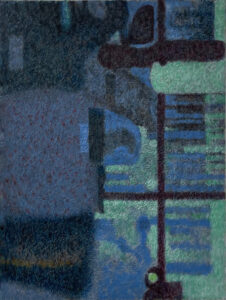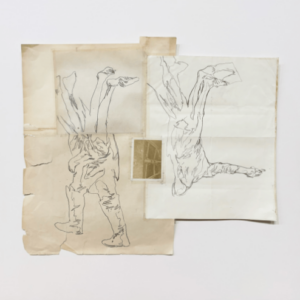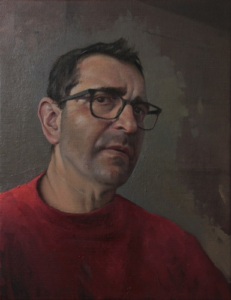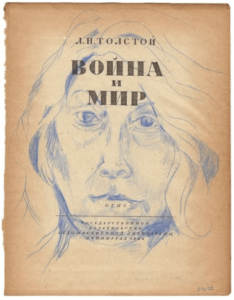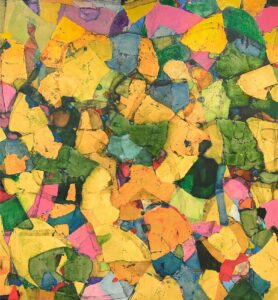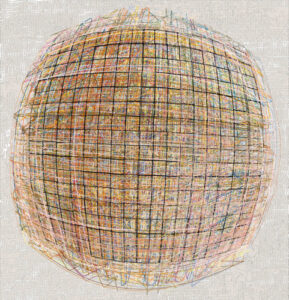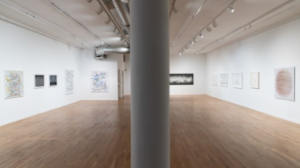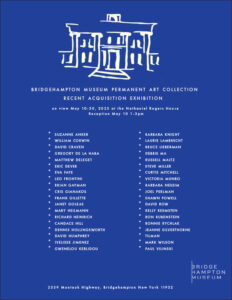
Opening Reception Saturday May 10, 1-3pm
The Nathaniel Rogers House, 2539 Montauk Highway, Bridgehampton, NY 11932
Although the Bridgehampton Museum has had several iterations, it has come to life in just the last few years and is newly creating itself. With a new Executive Director, Connor Flanagan, and a new Collections Manager Tim Malyk (thanks to a strong endowment by the Artists Helen and Claus Hoie who left a substantial number of works as well) much is happening to signal a blossoming. With the start of the Hoie’s artworks as the permanent collection, the Bridgehampton Museum realized the opportunity to expand and create a permanent collection that reflects our current times and community.
It is an important point for the Bridgehampton Museum be inclusive. Not only does it have a varied educational and cultural program of all kinds, it wishes to embrace all of these communities. We want all of the communities, the art community and others who come and participate in the Museum to feel at home, it is their Museum. We want the artists to feel at home and for people to get to know their local artists community as well.
With this in mind, we reached out to Artists to welcome them to participate in the Bridgehampton Museum Acquisition Exhibition opening May 10th – May 30th (reception at 1-3pm). We have been overwhelmed by their support and eagerness to be a part of growing the Museum’s permanent Collection. We have over 40 artists participating, with works ranging from a few thousand dollars to over $30,000. The generosity of the artists and in some cases, collectors, is astounding. But mostly, we feel we are not only creating a serious permanent collection by eminent artists but again, this sense of participation and community.
We want to use this Permanent Collection to familiarize the museum visitor with current art practices and introduce them to the artists in the Collection. We are planning talks, studio visits and more along with a comprehensive exhibition program.
In addition, with the generosity of Skira Books, publishers of many serious and wonderful monographs and cultural books, we are starting SKIRA CORNER, where you will be able to purchase Skira books in our very new Gift Shop. Our new Gift Shop will feature museum merchandise along with our own Artist Limited Edition featuring the work of artist from our collection. The Artist Limited Editions debut features four of the artists who are in the Acquisition Exhibition: Helen Hoie, Joel Perlman, David Humphey, and Debbie Ma. These editions will expand with future exhibitions. The Gift Shop will have its opening along with the Acquisition Exhibition on May 10th.
